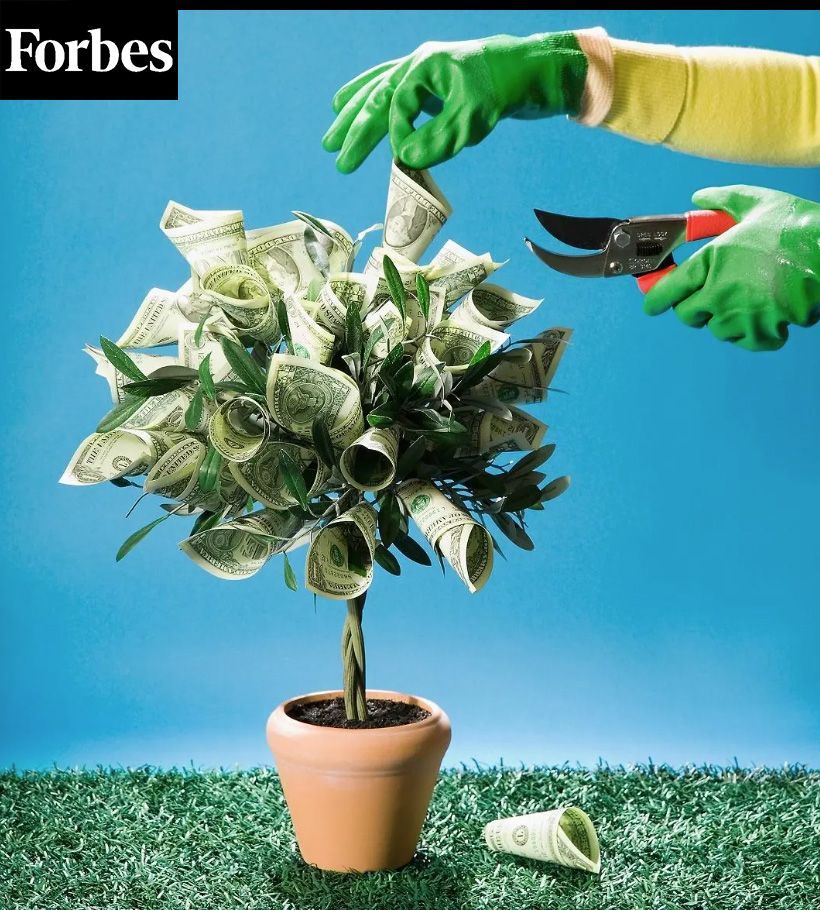How to Get (and Give) the Most out Of Charitable Giving
October 30, 2020
As the end of the year approaches, many of us are thinking about making year-end charitable contributions. While many people know that charitable contributions may offer tax deductions, there are a few other tax strategies that are lesser known but that can offer large tax savings. One of those strategies is called “bunching.”
What is bunching?
Bunching (sometimes called “clumping”) is the process of taking more than one year’s worth of deductions (often two years’ worth) all in one tax year. For example, if a family usually gives $10,000 to charity in one year, they may give $20,000 to charity in one year, and then $0 to charity in the next.
While bunching has long been a strategy for some, this became more popular with the passing of the Tax Cuts and Jobs Act of 2017 (TCJA). Before the TCJA of 2017, about 69% of filers claimed the standard deduction; but that jumped to about 86% after the TCJA — nearly 30 million more households (TaxFoundation.org). This is because the standard deduction is double what it used to be ($12,400 single, $24,800 married for 2020).
How exactly does bunching work?
For example, one married couple might take $30,000 of itemized deductions in a typical year (e.g. charitable contributions, property tax, etc.). Because the itemized deduction of $30,000 is higher than the standard deduction of $24,800, it would seem to make sense to itemize each year.
But what if the couple “bunched” two years’ worth of deductions ($60,000) in one year, and then took the standard deduction the next year? So instead of totaling $60,000 in deductions over two years, they would total $84,400 ($60,000 itemized plus $24,400 standard). This is $24,400 more in deductions, or $5,368 in taxes based on a 22% marginal tax bracket.
While this can be a significant tax savings for some, one reason people may not want to use this strategy is the cash requirement to gift up front, so it may not be for everybody. There are several other strategies, however, that we can cover in our next article. These would include donating appreciated assets and using donor advised funds. Until then, happy giving!
Hunter Yarbrough, CPA, CFP, is an executive vice president and financial adviser with CapWealth. He is passionate about taking a holistic view of personal finance, including investments, taxes, retirement, education, estate planning, and insurance. For more information about Hunter and CapWealth, visit capwealthgroup.com.














